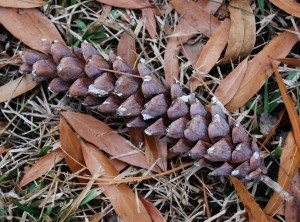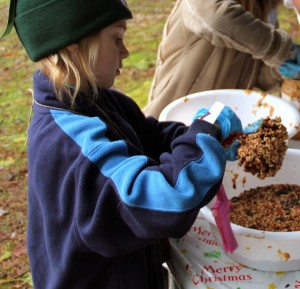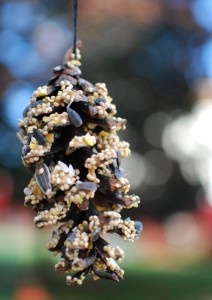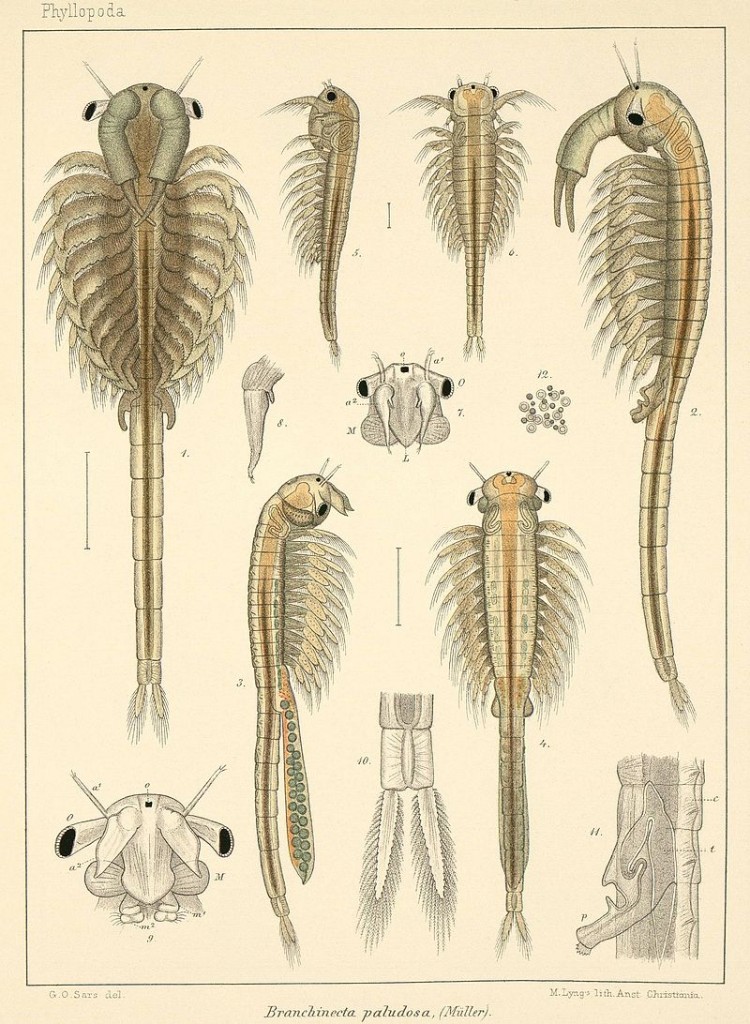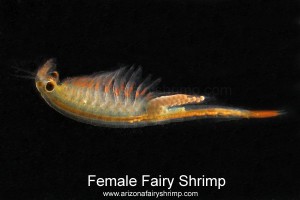Audubon Christmas Bird Counts in Kansas
Birders tally encounters with winged friends this holiday
If you have an interest in birds and some spare time this winter, consider participating in a count
You don’t have to be a seasoned birder, or even own an expensive pair of binoculars to participate in a Christmas bird count. In fact, an identification book and a bit of free time will do the trick. Birders of all skill levels will spend the next few weeks during organized bird counts recording sightings of resident and migratory birds in an effort to compile as much data as possible about Kansas’ winged species. If you have an interest in birds and don’t mind weathering the elements, consider participating in a Christmas bird count this season. It’s fun and a great way to learn more about birds in Kansas.
There are many count compilers in Kansas who send data to the Kansas Ornithological Society (KOS), and there is no charge to participate. The KOS will accept data collected on counts conducted from Dec. 13 through Jan. 11, 2015. The official Audubon Christmas Bird Count period is Dec. 14 to Jan. 5 and participation is also free of charge.
Christmas bird counts have been conducted for more than 100 years, and more than 2,000 counts are held across the nation each year. Each winter, about 50 individual count events occur in Kansas. More than 40 are scheduled so far this year with others to be announced. Count locations are scheduled in all corners of the state and points in between. Christmas bird counts are typically conducted in traditional circular census areas, each with a 7.5-mile radius. This consistency ensures data collected is comparable for population trends over time.
Count events are easy to prepare for; the best tools are a pair of binoculars, a good field guide, and appropriate clothing and footwear for possible extreme weather. For those counting in an area with a lake, a spotting scope may be necessary to identify birds at long distances. It’s also a good idea to study up on species expected in your location.
Information about Kansas Christmas bird counts can be found at the KOS website, www.ksbirds.org. For details, just click “2014/15 Kansas Christmas Bird Counts.”
For more information about Audubon Christmas Bird Counts in Kansas, go to http://birds.audubon.org/christmas-bird-count.

